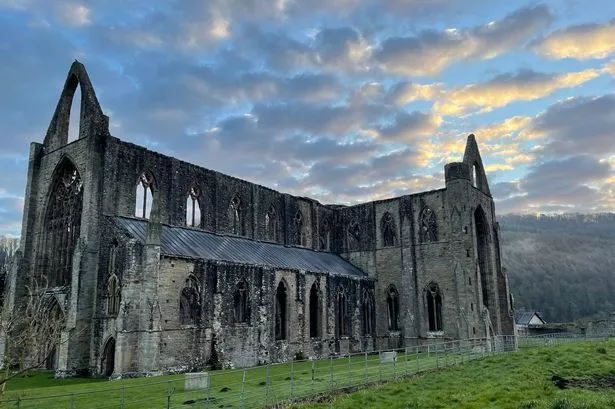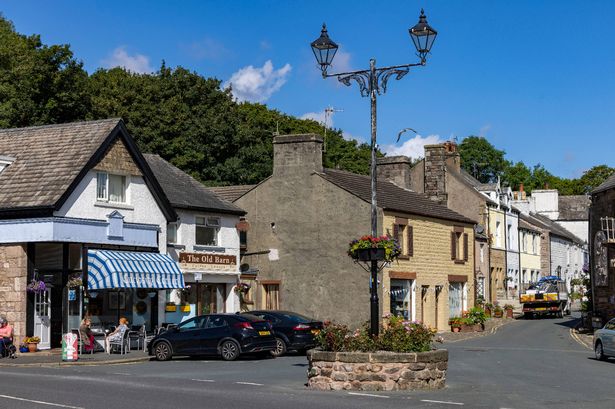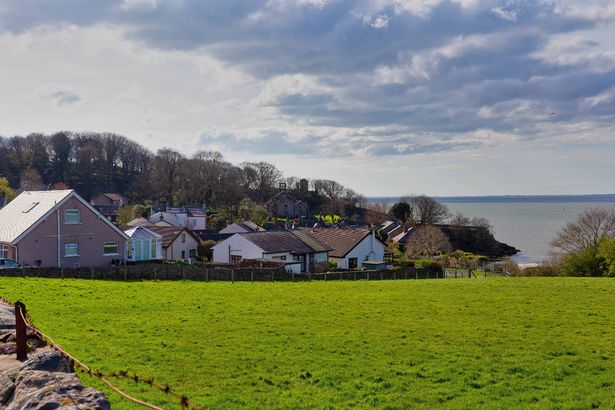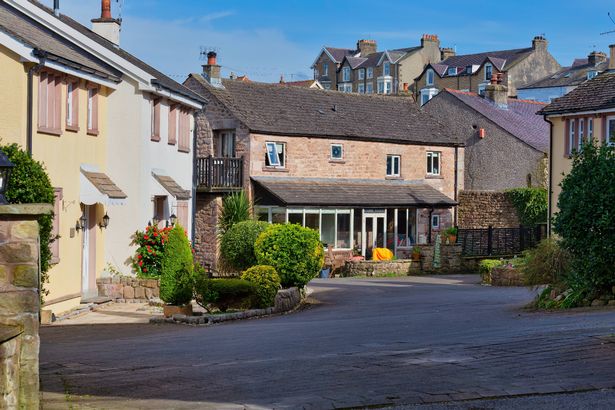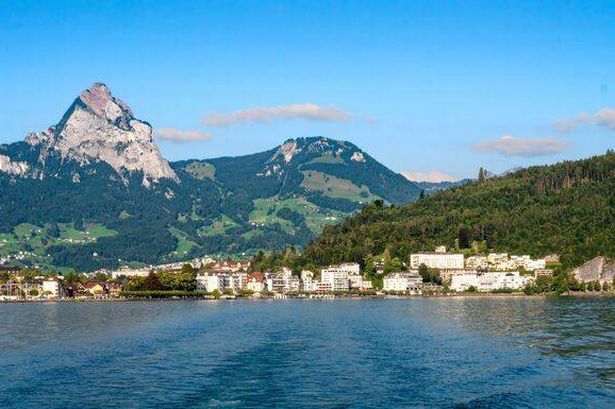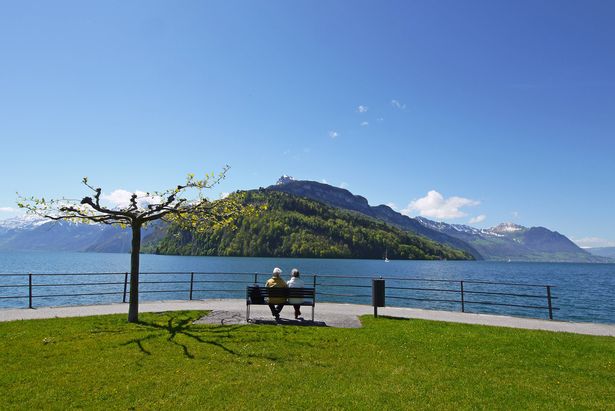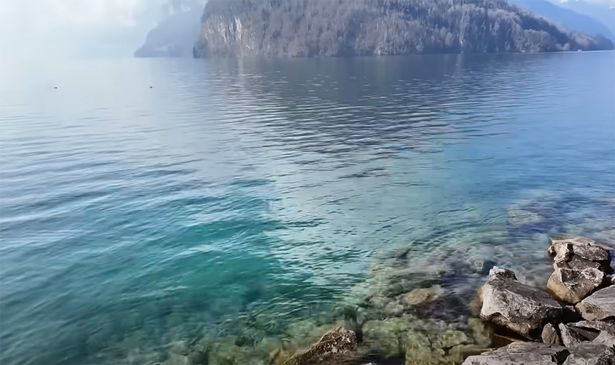The village of Tintern in Monmouthshire, Wales, is a traveller favourite and is known for the majestic ruined abbey that sits in the centre of the village
Wales is renowned for its picturesque villages and breathtaking landscapes, but there’s one Welsh village that stands out from the rest.
Tintern, nestled in the heart of the stunning Wye Valley and hugging the west bank of the River Wye in Monmouthshire, is a sight to behold. The village is famed for its awe-inspiring ruined abbey, which sits majestically at its centre, making it a favourite among travellers.
The modern-day Tintern we see today is the result of two historically rich villages merging – Chapel Hill, forming the southern end, and Tintern Parva, making up the northern end. Since 1976, it has been a designated Conservation Area and underwent a name change in 2022 from Tintern to Wye Valley, along with some boundary alterations.
Despite its small size, Tintern holds immense historical significance. The star attraction is undoubtedly Tintern Abbey, a shining beacon in the celebrated Wye Valley.
Its stunning gothic architecture, complete with pointed arches, lancet windows, and ribbed vaults, leaves many visitors awestruck at first sight. Over the centuries, the magnificent ruins of this Cistercian monastery have enchanted visitors and inspired countless travellers, reports Wales Online.
Tintern, a village steeped in history and industrial heritage, has made its mark on the world in several significant ways. The Abbey Forge, nestled within this quaint village, is renowned as the birthplace of British brass production and was instrumental in pioneering wire manufacturing on an industrial scale.
Notably, it was here at Tintern’s Abbey Forge that the first transatlantic cable was crafted.
Today, Tintern serves as a popular destination for walkers and cycling enthusiasts, with numerous long-distance trails and circular routes either starting or passing through the village. A vast network of local footpaths crisscrosses the area, intersecting with two major long-distance paths: the Wye Valley Walk on the Welsh side and Offa’s Dyke path on the English side.
The charming St Mary the Virgin chapel on Chapel Hill is a favourite amongst tourists, and the village also boasts the award-winning Parva Farm Vineyard. Another must-visit spot in Tintern is the medieval church of St Michael in Tintern Parva.
Adding to the village’s attractions is the Tintern railway station, located just a mile’s walk above Tintern. Although passenger services ceased in 1959, the station remains operational as a bustling tourist centre.
As a dog-friendly village, visitors are welcome to bring their furry friends along when visiting any of Tintern’s numerous pubs and cafes, where they’re guaranteed a warm reception.
Getting to the village is straightforward, with the number 69 Wye Valley bus providing hourly services from both Monmouth and Chepstow.
Tintern Abbey
By the 18th century, Tintern Abbey had already become a must-see attraction as part of the Wye Tour along the river – and for good reason.
Most notably, Tintern Abbey inspired poems by literary giants such as William Wordsworth and Alfred Lord Tennyson, and was even the subject of breathtaking paintings by artist JMW Turner.
Tintern Abbey was first established on May 9, 1131, during the reign of King Henry I, by Walter de Clare alongside the river. The abbey was the second Cistercian foundation in Britain (following Waverley Abbey) and the first in Wales.
Initially, the abbey was simply a complex of timber buildings. However, between 1270 and 1301, it underwent reconstruction and was completely rebuilt.
The current remains at Tintern Abbey are a mix of architectural works spanning several centuries and its present-day remnants reflect this diverse architectural history. Once it was rebuilt, around four hundred monks, who originally came from a daughter house of Cîteaux in France, lived in the complex.
For four centuries, Tintern Abbey was a powerhouse in the local economy, with its land divided into farming units or granges. The locals worked the land and served the abbey and its many visitors, making it an integral part of Tintern village’s history and culture.
However, the abbey ceased operations following the Dissolution of the Monasteries in 1536. In a more recent development, Cadw took over the management of Tintern Abbey in 1984.
By the late 18th century, tourism had begun to flourish in the Wye Valley, with many visitors travelling along the river to see the abbey and other scenic spots in the famous region. The poet William Wordsworth was one such visitor in 1798, and he wrote the well-known Lines Written a Few Miles above Tintern Abbey during his visit.
The construction of the turnpike road (now known as the A466) through the valley in 1829, followed by the arrival of the Wye Valley Railway in the 1870s, led to a significant increase in visitor numbers. This established tourism as the bedrock of Tintern’s economy, a legacy that continues to this day.
Today, Tintern Abbey attracts approximately 70,000 visitors each year, who travel from near and far to marvel at the stunning beauty of the historic abbey.
